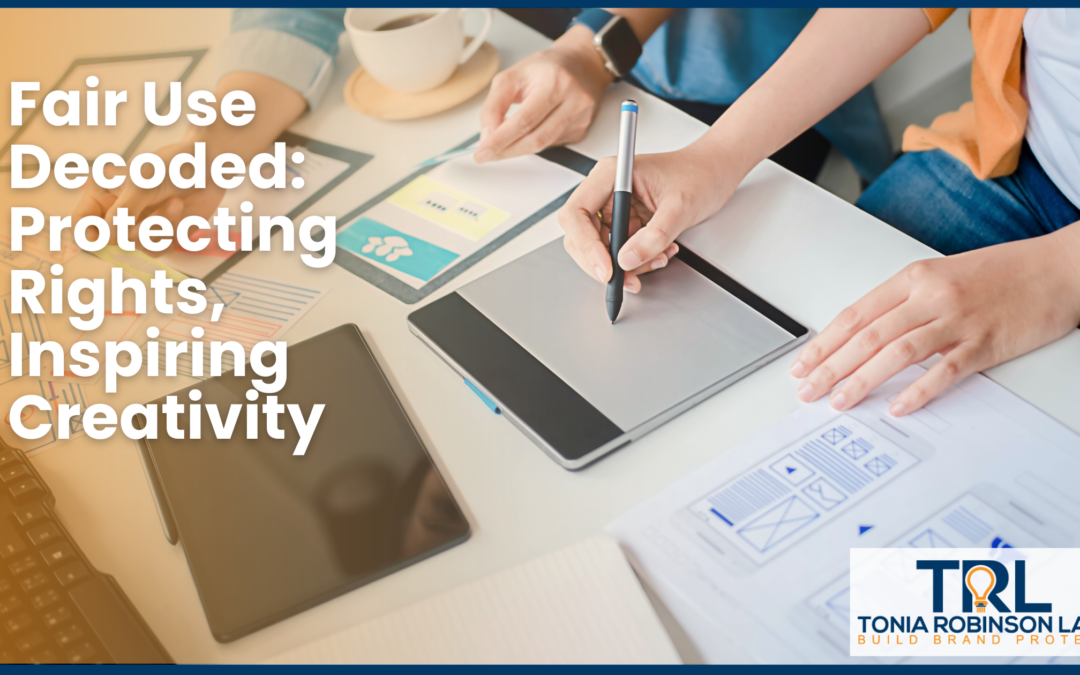Copyright is a fundamental legal tool that protects the works of authors, artists, musicians, and all kinds of original compositions. It grants exclusive rights to these creators over their works. However, the principle of fair use is an often necessary counterbalance, ensuring the free flow of ideas and information, which is important for fostering innovation and knowledge sharing.
Just think of all the potentially forgotten stories just waiting to be retold! With this great power, comes great responsibility, though, which means it’s important to understand how these laws work to remain respectful to the original creators.
Exploring Fair Use
Fair use is a legal concept that allows limited use of copyrighted material without needing permission for specific purposes like criticism, teaching, or research. It plays a significant role in enabling creative freedom and encouraging intellectual engagement. The United States Copyright Act’s Section 107 outlines fair use as an allowable exception.
Courts look at four factors to assess fair use:
Purpose and Character of Use: Imagine you’re at a talent show. One contestant takes a classic song and turns it into a hilarious parody, giving it a whole new twist. That’s what courts love – a transformative use that adds new flavor or meaning to the original. Just hitting ‘copy-paste’ on a work, however, is like a singer performing a hit song note-for-note. Sure, it’s good, but it lacks originality.
Nature of the Copyrighted Work: Here, the courts weigh if a work is more like a riveting novel or a straightforward news report. Creative works are like the divas of the copyright world – they get more protection. So, taking a snippet from a news article for your blog is usually cool, but using chunks of a blockbuster movie? That’s likely a no-go.
Amount and Substance Used: This is where less really is more. It’s like cooking; a dash of salt can perfect a dish but pour in the whole packet, and you’ve ruined it. Using a small, carefully chosen snippet of a work can be fair play, like a movie reviewer showing a 10-second clip. But screen the whole film? That’s overdoing it, and the courts probably won’t applaud that.
Effect on Market Value: This is all about the money. If your use of someone’s work starts taking dollars out of their pocket, it’s likely not fair use. It’s like if you started selling cheap knockoffs of a designer dress right outside their boutique. If what you’re doing could hurt the original’s sales, the courts might just give you the gong.
Practical Advice for Using Copyrighted Material
Fair use can be a subtle area, but here are some basic guidelines:
- Use only what is necessary for your purpose.
- Keep your use distinct from the original and cite sources when needed.
- Always credit the original creator.
- Avoid using copyrighted material for commercial purposes.
- Seek legal advice if unsure about your use’s compliance with fair use.
Getting Creative
In essence, fair use stands as a beacon of balance in the world of copyrights, offering a bridge between the protection of original works and the flourishing of new creative expressions. It’s a delicate dance of respecting the past while embracing the future, ensuring that the legacy of creators is honored even as new stories are told. Whether you’re an artist, educator, or innovator, understanding and applying the principles of fair use is crucial in your creative journey.
For guidance on fair use or other copyright matters, Tonia Robinson Law is ready to assist. We offer clear, practical advice to ensure your creative activities and respect for intellectual property rights go hand in hand. Schedule a consultation with us to utilize your inspirations with confidence.


Recent Comments